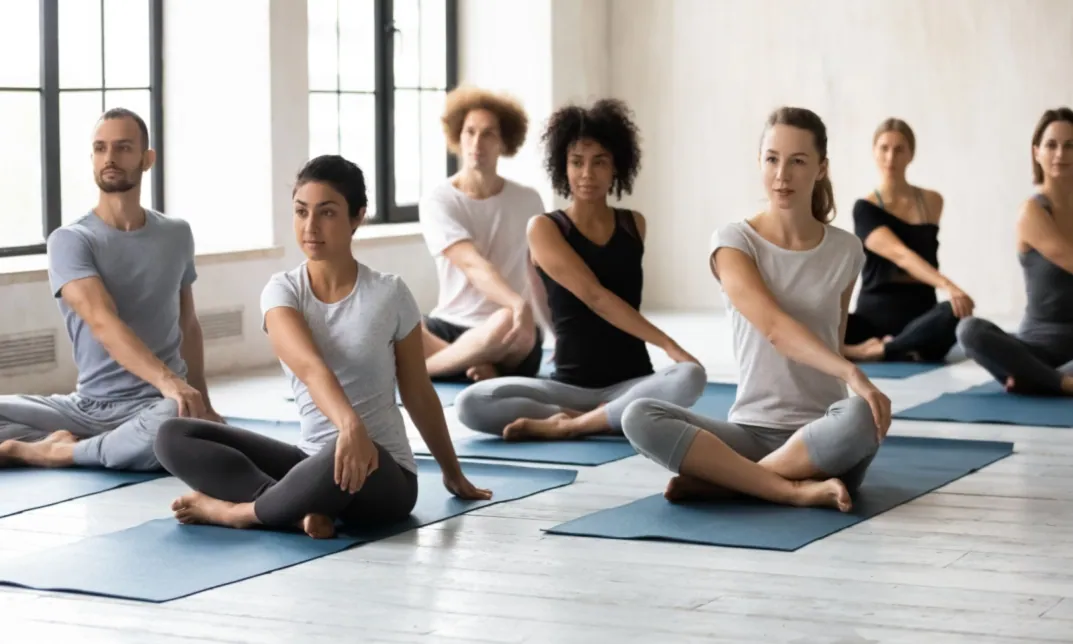No products in the cart.
Do you think Pilates really burns calories? Many people ask this question when they’re considering how different exercises fit into their weight management plans. Understanding how Pilates affects calorie burning can help you make the best decisions for your fitness journey.
What is Pilates?
Before diving into calorie burning, it’s essential to understand what Pilates is. Developed by Joseph Pilates in the early 20th century, Pilates is a form of exercise that focuses on core strength, flexibility, and overall body alignment. It involves controlled movements and precise techniques, aiming to enhance physical fitness without requiring high-impact exercises.
However, the question on many minds is, “Does Pilates burn calories?” To answer this, we need to look at how Pilates impacts the body and its metabolic rate.

Does Pilates Burn Calories?
While Pilates is not typically classified as a high-intensity workout, it does contribute to calorie burning. The extent to which Pilates burns calories depends on several factors, including the intensity of the session, the individual’s body weight, and the type of Pilates practiced.
- Intensity of the Workout: High-intensity Pilates sessions can burn more calories than slower, more controlled classes. For example, a vigorous reformer Pilates class, which uses special equipment to add resistance, may burn more calories than a basic mat Pilates session. Therefore, the calorie expenditure can vary significantly based on how challenging the workout is.
- Body Weight and Composition: Calorie burn is also influenced by a person’s body weight and composition. Generally, heavier individuals will burn more calories performing the same exercise compared to those who weigh less. Consequently, a person who weighs more may find that Pilates burns more calories for them than it would for someone lighter.
- Type of Pilates: There are different types of Pilates, such as mat Pilates and reformer Pilates. Reformer Pilates, which involves using a machine with springs and pulleys, tends to provide a more intense workout compared to mat Pilates. As a result, it may lead to higher calorie burn.
Comparing Pilates to Other Forms of Exercise
To understand how Pilates stacks up against other exercises in terms of calorie burning, let’s compare it to some common workout options.
- Running: Running is a high-intensity exercise that burns a significant number of calories. For instance, running at a pace of 8 km/h can burn approximately 600 calories per hour. In contrast, a standard Pilates session may burn between 250 and 400 calories per hour, depending on the factors mentioned earlier. Thus, while Pilates can help burn calories, it generally does not burn as many calories as running.
- Cycling: Cycling, particularly at a vigorous pace, is another high-calorie-burning activity. It can burn around 500 to 800 calories per hour. Pilates, with its lower intensity, will usually burn fewer calories than cycling. However, Pilates offers other benefits, such as improved core strength and flexibility, which are not always provided by cycling alone.
- Strength Training: Strength training exercises, like lifting weights, can also burn a substantial number of calories and increase muscle mass. The increased muscle mass can lead to higher calorie expenditure even when at rest. While Pilates can enhance muscle tone, it typically burns fewer calories during the session compared to intense strength training.
Incorporating Pilates into Your Routine
If you’re interested in including Pilates in your fitness routine, it’s beneficial to understand how it fits with other exercises. Combining Pilates with cardio activities, such as running or cycling, can provide a well-rounded approach to fitness. Pilates can complement these exercises by improving core strength and flexibility, which can enhance overall performance and reduce the risk of injury.
- Scheduling: Consider scheduling Pilates sessions on days when you are not performing high-intensity cardio workouts. This approach allows your body to recover while still benefiting from the unique advantages of Pilates.
- Variety: Incorporate a variety of exercises into your routine to ensure a balanced approach to fitness. This variety helps in targeting different muscle groups and avoiding workout monotony.
- Goals: Align your Pilates practice with your fitness goals. If your primary goal is to burn calories, combine Pilates with higher-intensity workouts. However, if you seek overall body conditioning and improved flexibility, Pilates alone can be quite effective.
Conclusion
So, does Pilates burn calories? The answer is yes, but the extent may vary based on factors such as workout intensity, body weight, and type of Pilates. While Pilates may not burn as many calories as some high-intensity exercises, it provides significant benefits in core strength and flexibility. By integrating Pilates with other forms of exercise, you can achieve a balanced fitness routine that meets your calorie-burning and overall health goals.





